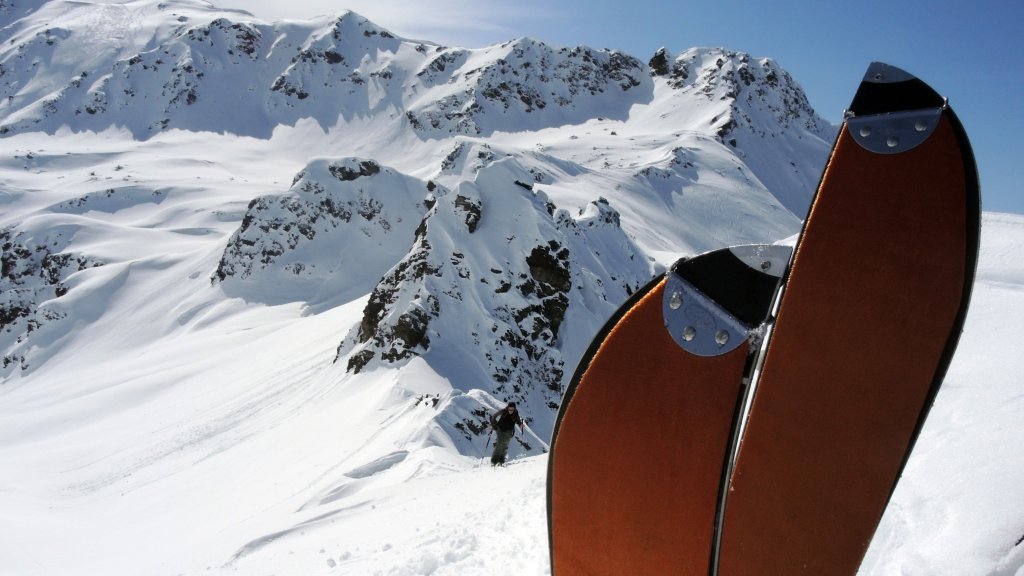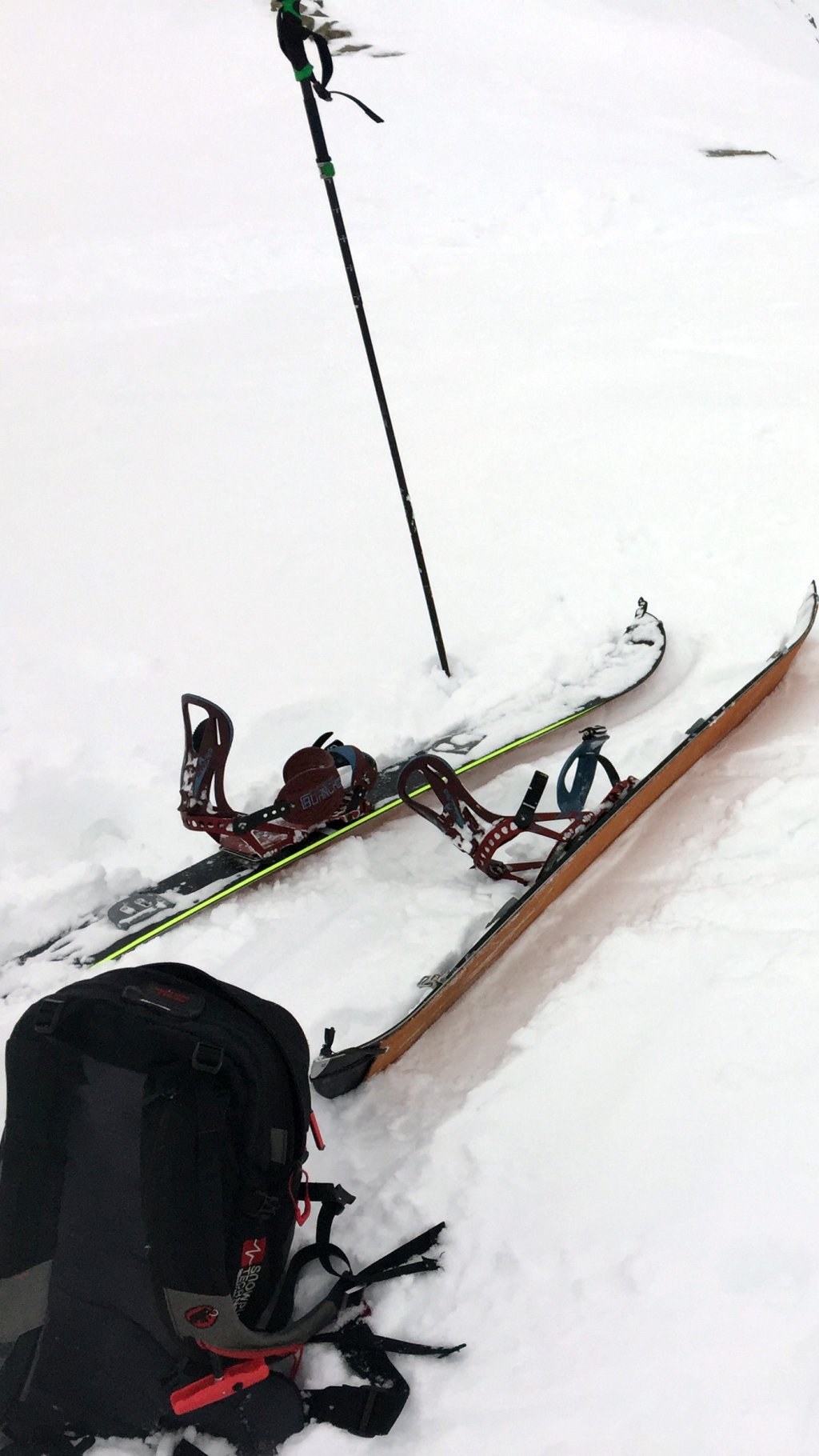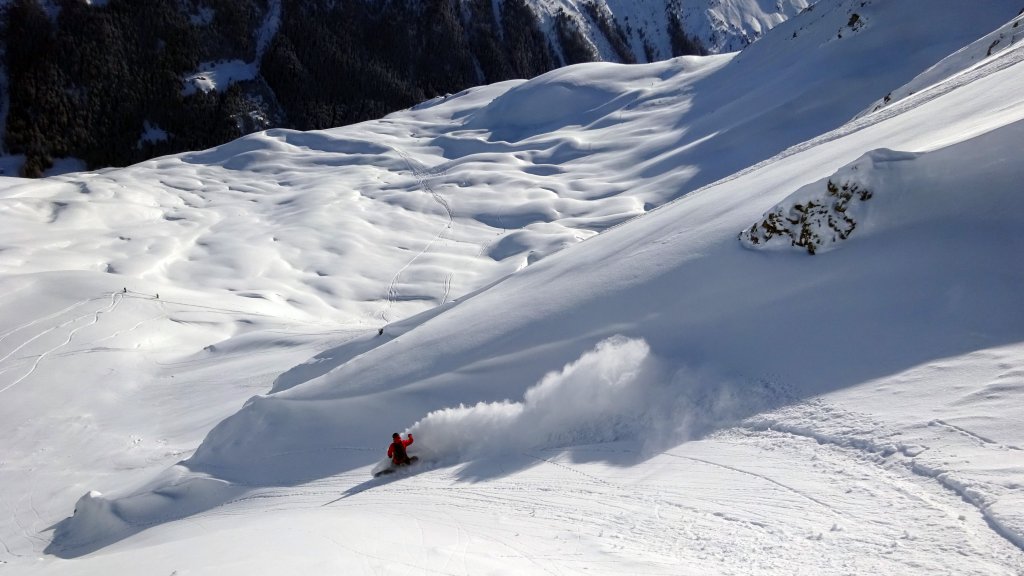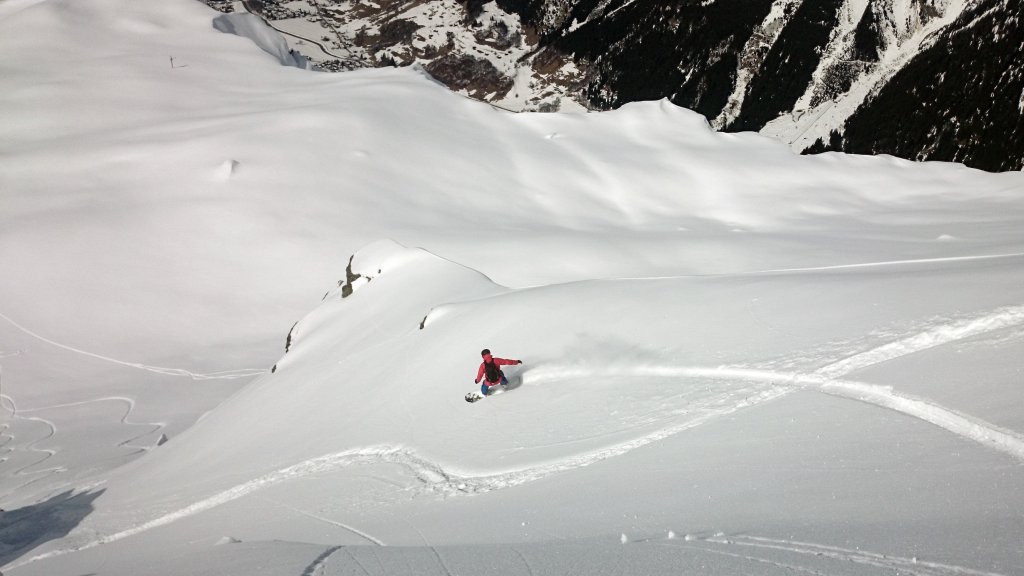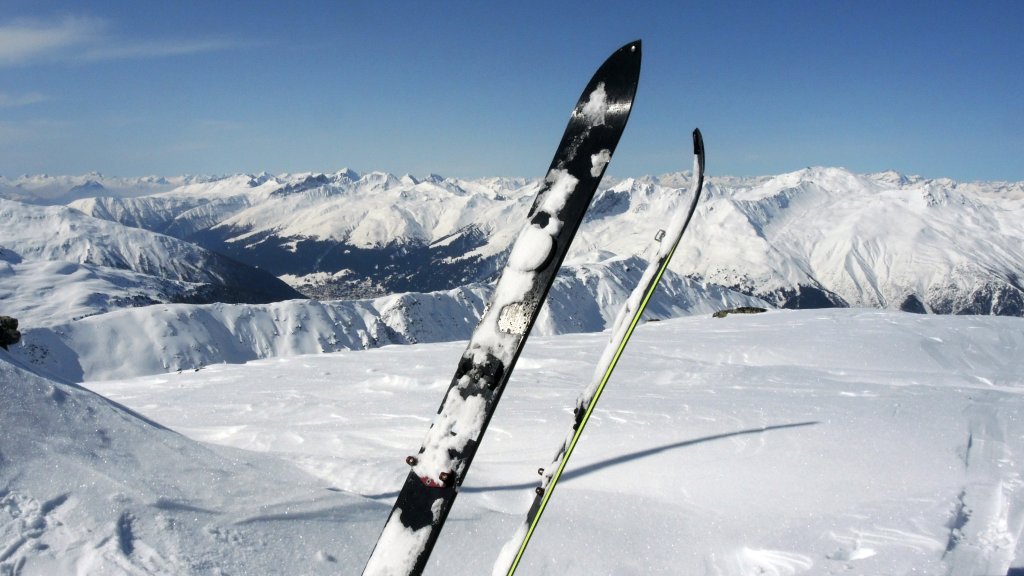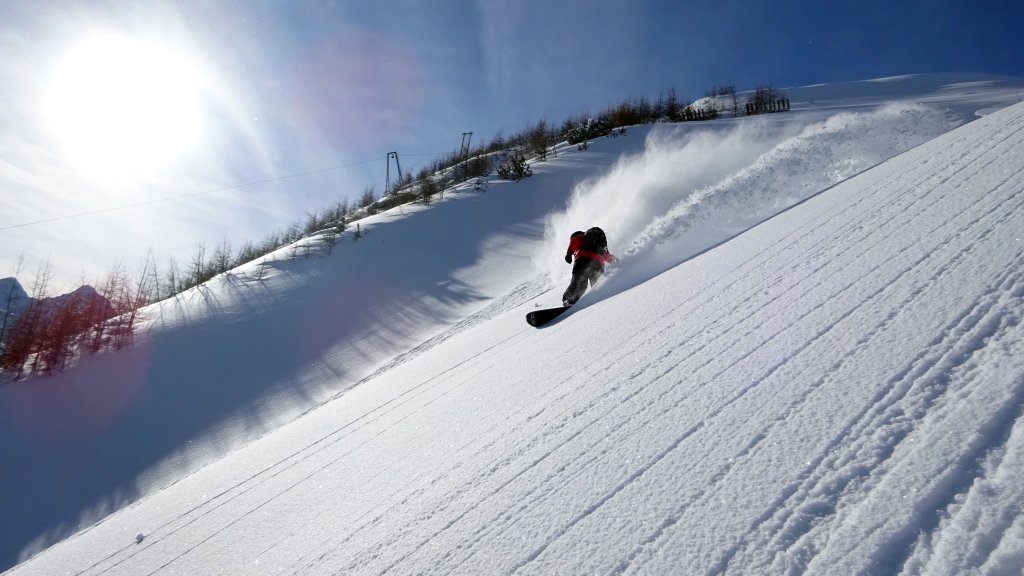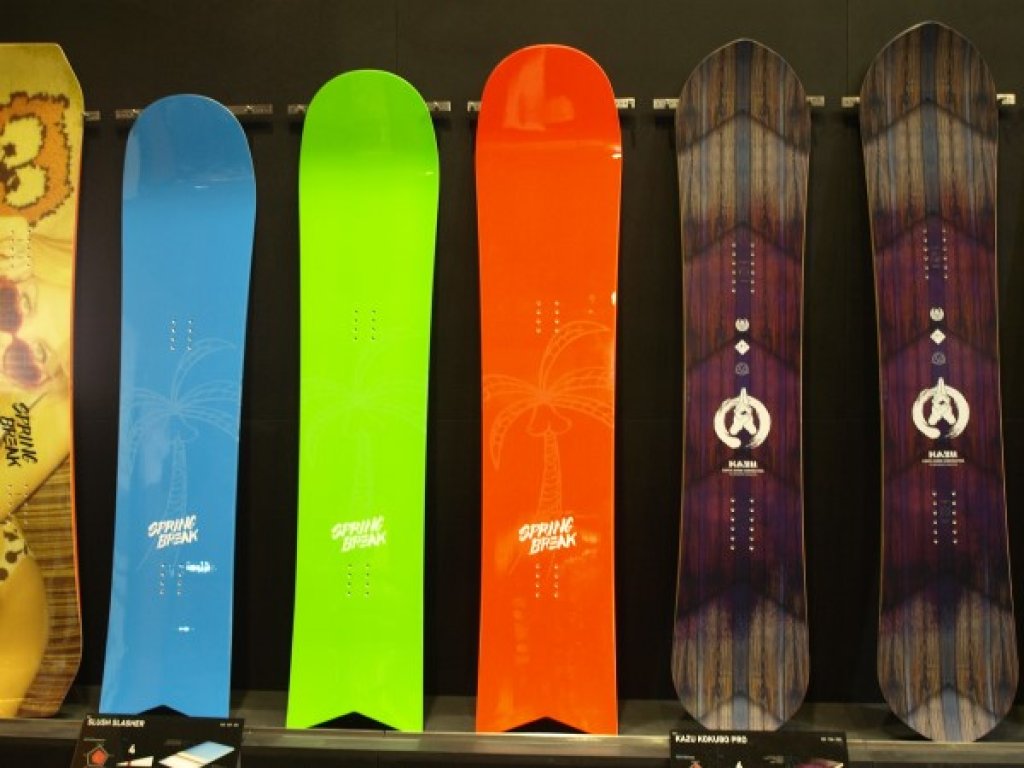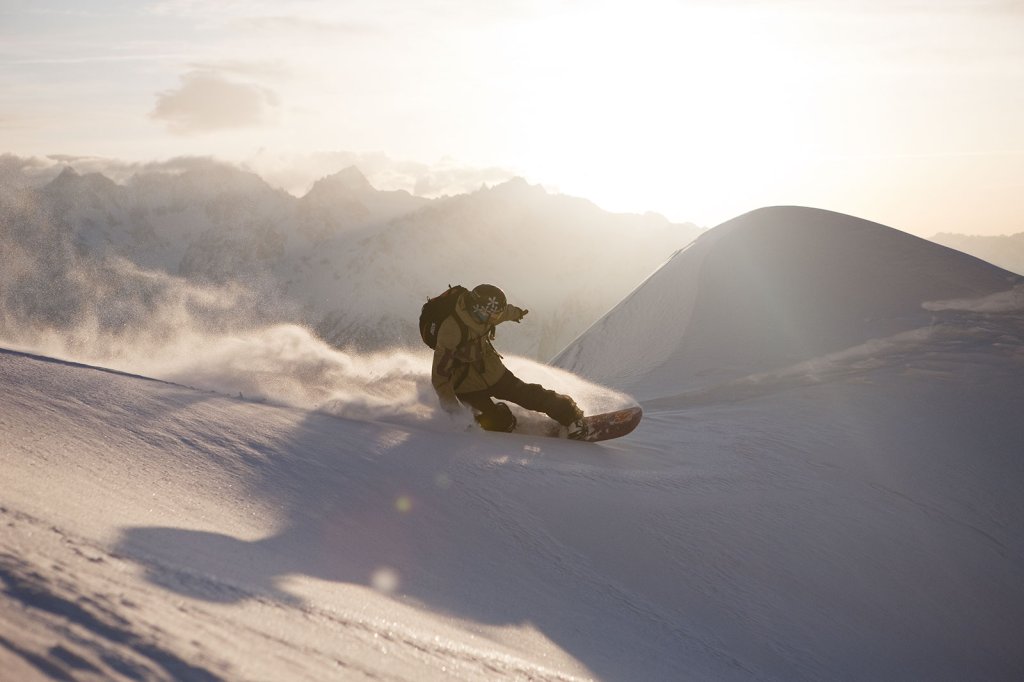The S-One Carbon Splitboard from One Snowboards is a full carbon snowboard. Full carbon means that no fiberglass is used, but the reinforcement is only ensured by TeXtreme® Carbon. The BamBooBeam core built into the S-One is designed to offer the lowest weight with the highest strength. This "3B" core combines super-light wood with longitudinal bamboo strands and a honeycomb construction. A sintered Nano Highspeed Base uses Nano Silicate particles to improve glide and durability. These technologies make the S-One an ultra-light splitboard with a classic camber and long rocker nose, an ambitious, deep snow-specific high-tech weapon that also works well on the piste.
First impression
One Snowboards is launching two splitboard models in the 2016/2017 season, the freeride version with 157 cm and the powder version with 164 cm (more figures under technical details). The freeride board is designed for big mountain, the powder version more for forest descents. Both boards are relatively wide, making them suitable for larger feet. The Voile standard inserts are pre-installed and the board is supplied with Karakoram clips. The S-One splitboard was tested in the 164 cm freeride version, which weighs a light 2.6 kg without bindings. The Spark AfterBburner binding, Spark crampons and Voile skins were also used in the test setup.
